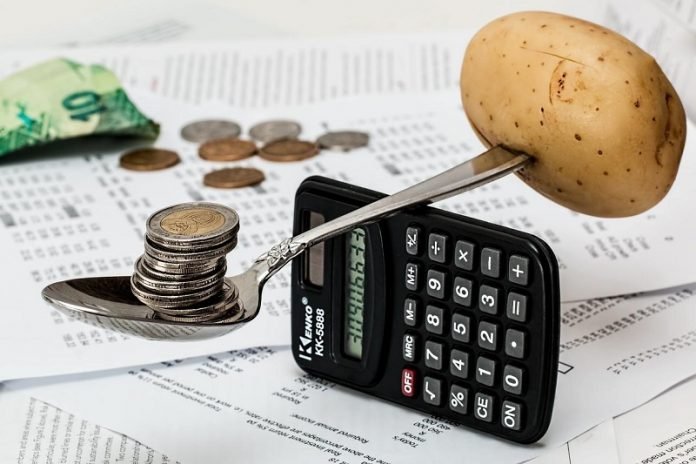
Inflation in the United States declined slightly last month to 8.3% annually.
But that good news has been short-lived as gas prices—which had momentarily stabilized—have renewed their ascent along with the costs of other goods and services.
An unhappy ending resulted from the last bout of U.S. inflation.
Four decades ago, the Federal Reserve responded to runaway price hikes by raising interest rates, which triggered an extended recession.
Robert Triest, chair and professor of economics at Northeastern, believes a major recession will be avoided this time.
Triest anticipates that decreasing inflation rates will set in over the next two years, based in part on favorable outcomes to the main causes of inflation as he sees it: The COVID-19 pandemic and the Russian war in Ukraine.
Both events have caused damage to global supply chains.
Actions taken by the Federal Reserve, which is targeting a 2% inflation rate, are also fueling Triest’s optimism.
“The economy is starting from a position of strength,” says Triest, a former vice president and economist at the Federal Reserve Bank of Boston, noting that the unemployment rate remains a steady 3.6%.
In an interview with News@Northeastern, Triest details the causes of inflation and the importance of long-term expectations. His comments have been edited for brevity and clarity.
How do you gauge the current state of inflation—is it worse or better than was forecast six months ago?
Definitely worse. I was quite optimistic that inflation would be transitory back at the end of 2021 and the beginning of 2022—a lot of other economists were as well.
Inflation has turned out to be more persistent than we anticipated.
In fairness to myself and other economists, none of us anticipated that Russia was going to invade Ukraine. We also knew the Omicron variant was going to be bad, but we didn’t anticipate that COVID would continue to disrupt supply chains as it has.
What are the main variables driving inflation?
Until recently, the main thing was the disruption of supply chains caused by COVID. Those have been more persistent than had been expected.
The second factor more recently is Russia’s invasion of Ukraine, which is putting a lot of upward pressure on oil and natural gas prices, as well as food prices.
Do you believe the U.S. economy was overheated by the stimulus checks issued during the pandemic?
The initial stages of stimulus were essential to keep the economy running. It’s remarkable that we went through this unexpected pandemic without the economy totally collapsing.
And I think that’s due to fiscal accommodation—providing massive increases in unemployment insurance benefits to keep people afloat while they were thrown out of work by the pandemic.
Now, the last round of stimulus payments probably wasn’t necessary.
So I think the government erred on the side of being a little too cautious about the downside risks to the economy, and that has most likely contributed to inflationary pressure.
But it is not the main reason we have inflation. It’s a very minor effect compared to the supply-side shocks of the supply chain disruptions as well as the war in Ukraine.
What has been the Fed’s response?
The Fed has an explicit target for the inflation rate of 2% on a year-over-year basis. That, and the Fed’s commitment to taking the actions that are needed to reach that target, adds a lot of credibility to the notion that consumers and businesses should expect an inflation rate of 2%.
Whereas back in the 1970s, the Fed didn’t have that type of explicit inflation target, and so the idea that we would have high rates of inflation became embedded in the decision-making of consumers and businesses.
Why are public expectations important?
The expectations determine how businesses do their pricing of products, and how workers negotiate their pay packages.
If a business thinks that inflation is going to be running at 8% every year over the next 10 years, then the prices will be adjusted upwards, anticipating that the inflation in general will be running at 8%.
On the other hand, if they think that the current inflation is a blip, then that is going to be reflected in their prices: They’ll assume that those cost pressures are going to dissipate in the near future.
And so when they’re looking forward, they won’t increase their prices by as much.
Those expectations are key to bringing the inflation rate back down. The models that the Fed uses have the future inflation rate depending critically on expectations of inflation.
I expect the inflation rate to come down without leading to a major recession because inflation expectations are well-anchored.
While people expect high inflation in the next year, the data suggests that people expect the inflation rate to go back down to 2% over longer time horizons.
Written by Ian Thomsen.



